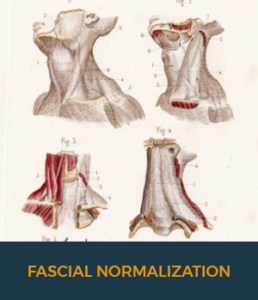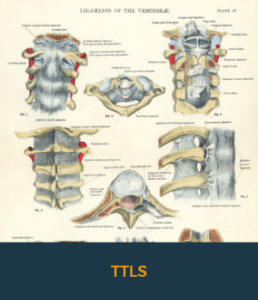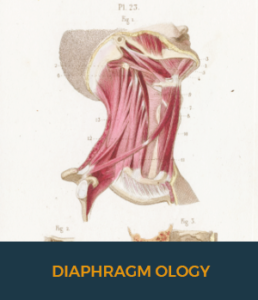
SOMA
THERAPY
Our Soma Therapy program is a highly-specialized manual therapy program that covers the treatment of the human fascial system. Based on osteopathic principles and developed by leading osteopath Guy Voyer D.O., it follows a clinical-based curriculum and is designed to teach the fundamentals of normalizing fluid flow in all fasciae and joints in the body.
This course is especially well suited to all manual therapist, but is equally of interest to any other individual in the sports/fitness therapy sector who has an interest in developing and greatly improving their hands on treatment skills.
The program consist of 13 courses split into 4 techniques. Each element of the course can be taken individually, or all 13 levels can be studied in order to achieve complete mastery of the Soma Therapy discipline. The diploma of Soma Therapy will be awarded at the end of the program.
TECHNIQUES OF SOMA THERAPY
-

-
OSTEO-ARTICULAR JOINT PUMPING
Fluid, especially water, is a major element of the fasciae. The movement of this water is essential for tissue and joint health. Osteo Articular Pumping facilitates the movement of this fluid through the collagen tubes that make up the fascia of the ligaments, tendons, and muscles, it can also be used to stimulate the movement of water within a bursae, movement of the lymphatic and also the synovial fluid improving the function of a specific joint and surrounding tissue. By applying the technique learned, the therapist can begin to manipulate the process of acute inflammation reducing recovery time, Osteo Articular Pumping can also be used to regenerate chronically painful and tight joints by mobilising stagnated fluid to improve mobility and function.
-

-
Fascial Normalization
Therapists who study Fascial Normalization techniques do so in order to gain the foundational skills of treating severely acute patients. They also learn about the intricacies of complex soft tissue cases and learn new methods to restore function to the fasciae of the viscera.
Fascial Normalization focuses on the intrinsic quality of the fasciae and addresses various fascial chains, analytically breaking them down to their components. Fascial chains can include direct links where there is a traceable “continuity” of the same tissue throughout the kinetic chain as well as indirect links – such as when the “contiguity” of fascial tissue has a significant influence on the function of the chain. -

-
TTLS
TTLS (Transverse Tendinous & Ligamentous Stretching) is a technique that can directly correct orthopaedic muscle, tendon and or ligament dysfunction. It is essential to perform this technique before any structural manipulation is performed to obtain better results.
The higher proportion of specialized sensory cells found in tendons, ligaments and specific muscles provide constant feedback to the central nervous system, this calls for a different treatment strategy from techniques used on other fascial tissue which have a lower proportion of these sensory cells.
The focus of TTLS is to normalize the mechanical tension in a contracted or shortened ligament or tendon by creating a temporary inhibition in the protective mechanism of the chosen tissue. Therapists who learn TTLS acquire the skills to:
1) Increase vascularization of the tissues by treating tendons, ligaments and muscles.
2) Affect the quality of sensory input to the central nervous system from the acutely or chronically injured tendon, ligament or muscle, thereby increasing its overall quality and function of the treated structure. -

-
Diaphragm Ology
The human body has four main diaphragms (Thoracic, Pelvic, Cervico-thoracic and Cranial). The relational balance between these normalizes the pressures and movement of all venous, arterial and lymphatic fluids and hormonal functions of the body.
Soma Education’s diaphragm series comprises four courses one for each of the primary diaphragms:
Thoracic Diaphragm
Cervico Thoracic Diaphragm
Pelvic Diaphragm
Cranial Diaphragm
During these courses you will learn how to apply the techniques learned from the previous modules (Osteo Articular Pumping, Fascial Normalization and TTLS) to manage tension, expansion and compression in the head, thorax, abdomen and pelvis – leading to a complete tensegrity model of the body.
The courses also explore how the proper management and functioning of these structures affect the function of all related viscera.
EACH SEMINAR IS TAUGHT IN 2 PARTS:
PART 1
(VIRTUAL)
The theory & anatomy lecture will be taught by The Soma Therapy founder Guy VOYER DO, online via ZOOM.
PART 2
(IN PERSON)
Practical classroom session where all the methodology of the techniques will be taught.